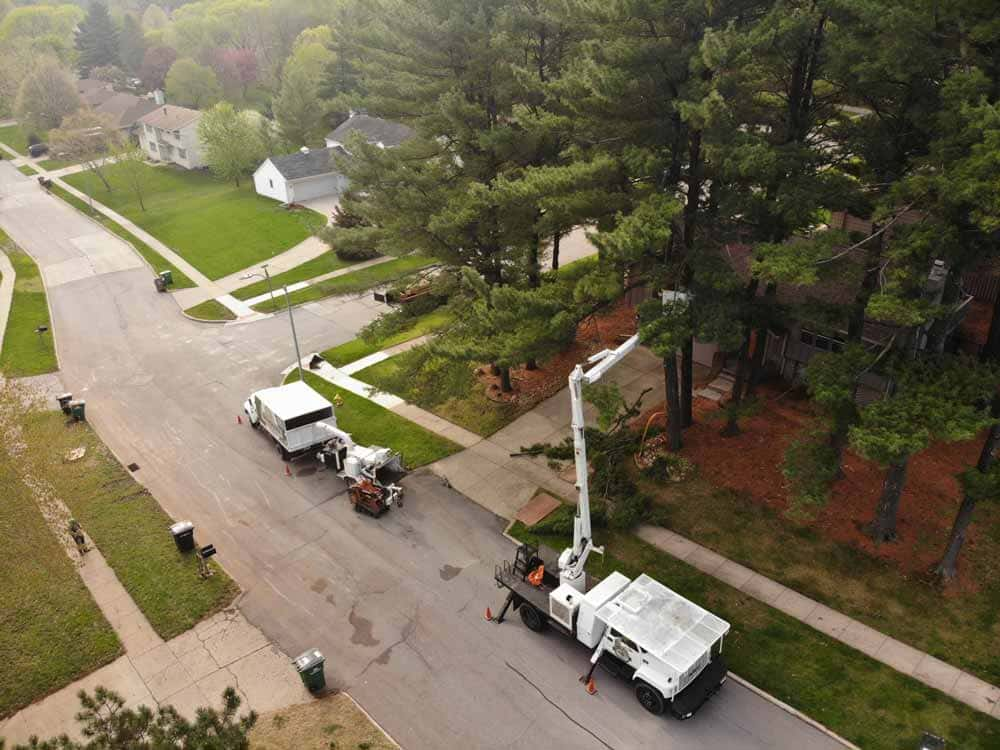Tree trimming, often perceived as a routine yard maintenance task, is in fact a blend of art and science that significantly enhances the beauty and health of your landscape. Professional tree trimming goes beyond mere aesthetics; it involves a deep understanding of different tree species, their growth patterns, and how they interact with their environment.
The Science Behind Tree Trimming At its core, tree trimming is about understanding tree biology. Trees respond to trimming in specific ways. For instance, trimming during a tree’s dormant season usually results in vigorous growth in the spring. This is particularly beneficial for trees that need a growth boost. However, for trees that are already growing too fast, trimming during the growing season can help slow them down.
Different Trimming Techniques Various trimming techniques serve different purposes:
- Thinning: This technique removes branches to improve light penetration and air flow through the crown. Thinning reduces weight on heavy limbs and helps shape the tree. It’s particularly beneficial for trees like oaks and maples, promoting healthy growth and reducing the risk of disease.
- Cleaning: This involves removing dead, diseased, or weak limbs. Cleaning is crucial for the health of all trees, as it prevents decay and pests from infesting healthy parts of the tree.
- Raising: By removing lower branches, this technique provides clearance for vehicles, pedestrians, and enhances views. It’s often used in urban environments on trees like elms and pines.
- Reduction: Reducing the size of a tree, often for utility line clearance. This needs to be done carefully to maintain the tree’s structural integrity and health.
Impact on Different Tree Species Different tree species respond differently to trimming:
- Fruit Trees: Regular trimming increases sun exposure and air circulation, boosting fruit production. Techniques vary depending on the fruit tree species.
- Conifers: These require minimal trimming. However, when necessary, it should be done with precision to avoid damaging the tree.
- Deciduous Trees: Often require more regular trimming to shape the tree and promote healthy growth.
Professional tree trimming is an essential part of landscape management. It’s both an art and a science that enhances the aesthetic appeal of your yard while promoting the health and longevity of your trees.

